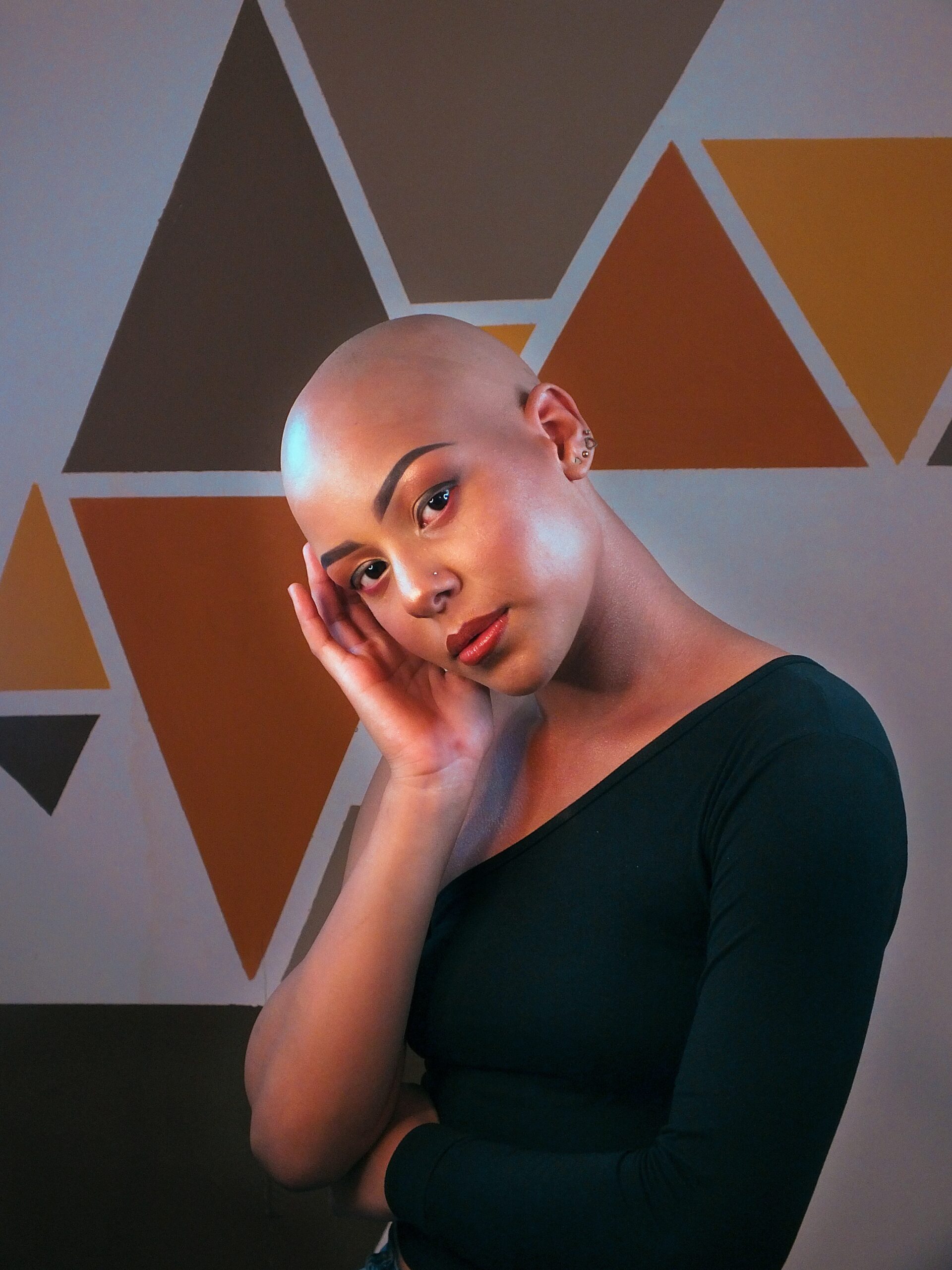Jada Pinkett Smith’s battle with alopecia has brought the condition into the limelight. Unfortunately, there is a lot that people don’t know about the disorder and how it really impacts overall health and wellness. Perhaps the renewed interest will help alleviate some of the misconceptions about the disorder.
In the meantime, let’s take a look at some of the things that most people don’t know about alopecia in Black women.
14 Things You Didn’t Know About Alopecia
alopecia (al-low-pee-she-ah) areata (air-ē-ah-ta) is an autoimmune disorder affecting nearly 7 million people in the United States alone. Most people characterize the disorder by hair loss, but it is actually more than that. Alopecia can affect various parts of the body, including the scalp, nails, extremities, or the entire body.
- There are Three Different Types: There are actually three different types of alopecia:
- Alopecia areata: This is the most common type, causing patchy baldness anywhere on the body.
- Alopecia totalis: Causes complete hair loss on the scalp.
- Alopecia universalis: This is a very rare condition that causes complete hair loss over the entire body.
- Most Cases Affect Young People: Anyone of any age can develop alopecia, but it is much more common in people younger than 30 years old.
- It Develops Suddenly: Most cases of alopecia develop over the course of just a few days.
- Most People are Otherwise Healthy: The majority of people who develop alopecia are otherwise healthy. The disorder itself does not cause a general change in physical wellbeing.
- There are Symptoms: In addition to patchy hair loss, symptoms of alopecia may include itching or burning in the affected area.
- First Signs are Often in the Nails: Often, the first signs of alopecia occur in the fingernails and toenails. Signs may include dents, white spots or lines, roughening, or splitting of the nails.
- It’s not Caused by Stress: There is a common misconception that alopecia is caused by stress. There is very little scientific evidence to support this theory.
- Patchy Hair Loss: Alopecia rarely causes the patient to lose their entire head of hair. In fact, most people only have a few patches of hair loss.
- Little Treatment is Needed: Most cases of alopecia spontaneously recover without treatment. There are treatment options available to help hair re-grow faster, as well as treatments to suppress the immune system.
- It Can be Episodic: Around 30% of people with alopecia develop a cycle of hair loss and re-growth.
- Herbal Remedies May Help: There is some evidence to support herbal remedies for alopecia, such as rosemary oil, honey, and coconut milk. These are not scientifically-supported, but also are not harmful in any way.
- There are Known Risk Factors: Known risk factors for alopecia include genetics, thyroid disease, asthma, down syndrome, and vitiligo.
- It is Emotionally Painful: Alopecia as a physical condition is usually not painful. However, a condition that causes hair loss can cause stress and anxiety.
- It is Not Contagious: People often get concerned about whether medical conditions are contagious. As an autoimmune disorder, alopecia is not contagious.
The good news for alopecia sufferers is that research into the causes and potential treatment options is ongoing. Unfortunately, there is currently no cure for alopecia, and hair re-growth can take some time. It is important to support individuals with alopecia and help them find ways to feel confident and beautiful in their skin.
Some fun ways to accessorize without drawing attention to hair loss include wearing hats, scarves, or wigs. Not only is this a fun way to up your style game, but it also provides protection from the sun and elements.




